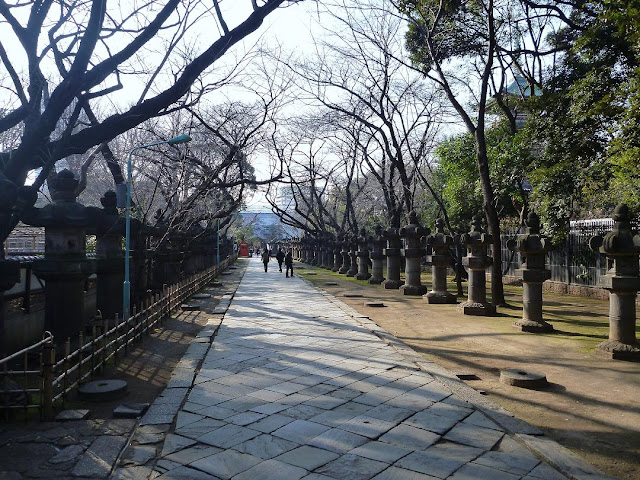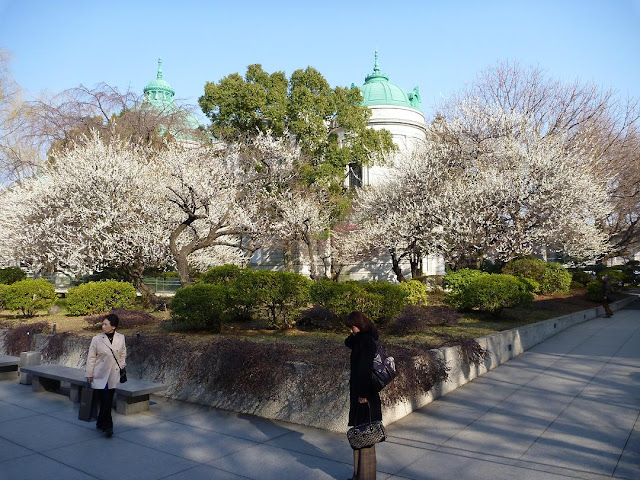As a result of the 11 March 2011 earthquake most of the supermarkets and conbini (convenient stores) in the local area are low on stock (mainly due to delivery and servicing difficulties).
While some of the standard items you would expect to be in short supply, like bread and milk, are being “voluntarily” rationed (that is, supermarkets only have limited stock and are restricting peoples access). Some unexpected items, like toilet paper, are also being rationed with most of my local stores limiting people to one packet of toilet paper per transaction. Good thing I'm not eating anything.
Following the detection of radioactive contamination in the Tokyo water supply local media reported this evening that supermarkets are now limiting the amount of water that shoppers can purchase.
While some of the standard items you would expect to be in short supply, like bread and milk, are being “voluntarily” rationed (that is, supermarkets only have limited stock and are restricting peoples access). Some unexpected items, like toilet paper, are also being rationed with most of my local stores limiting people to one packet of toilet paper per transaction. Good thing I'm not eating anything.
Following the detection of radioactive contamination in the Tokyo water supply local media reported this evening that supermarkets are now limiting the amount of water that shoppers can purchase.
1:58 AM |
Category:
Living in Japan
|
0
comments












